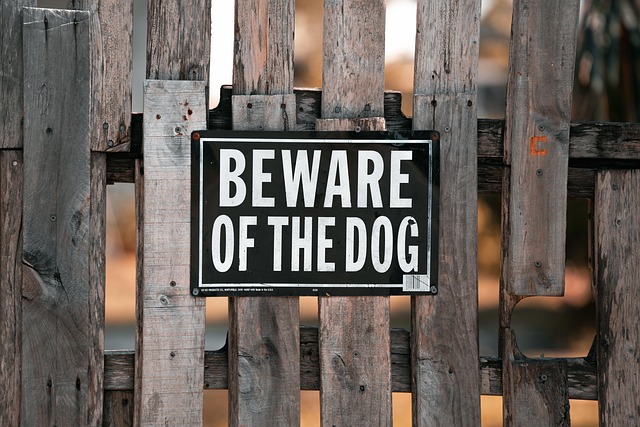In New Bedford, a well-maintained fence is not just an addition to your property but a crucial element of its overall aesthetics and security. However, fences often face common issues like rot, damage from extreme weather, or break-ins. To address these challenges, understanding the benefits of professional fence repair services is essential. This article guides you through the process, from identifying typical New Bedford fence problems to maintaining your new fence for longevity. We’ll explore the right materials, a step-by-step installation guide, and expert tips for upkeep.
- Understanding Common Fence Issues in New Bedford
- The Benefits of Professional Fence Repair Services
- Choosing the Right Materials for Your Fence
- Step-by-Step Guide to Fence Installation Process
- Maintaining Your New Fence for Longevity
Understanding Common Fence Issues in New Bedford
In the coastal city of New Bedford, fences play a vital role in defining property boundaries and enhancing outdoor spaces. However, they often face unique challenges due to the region’s climate and weather patterns. Common fence issues include rot and decay caused by moisture from the ocean and nearby waterways, as well as damage from strong storms and high winds. Over time, fencing materials like wood may weaken, leading to uneven or sagging structures. Additionally, proper installation techniques are crucial; improper footing due to varying soil conditions can result in unstable fences that require frequent repairs or replacement.
These issues underscore the importance of regular maintenance and the use of durable, climate-resistant materials for New Bedford fence installations or repairs. Homeowners and property managers should be vigilant about checking their fences for signs of wear and tear, addressing problems early to prevent more extensive (and costly) damage down the line.
The Benefits of Professional Fence Repair Services
Professional fence repair services offer numerous advantages for homeowners and businesses alike. One of the primary benefits is their expertise in handling various fence issues, from minor damages to complete replacements. These professionals are equipped with the right tools and knowledge to assess the extent of the damage, ensuring a precise and effective solution.
Moreover, employing experts guarantees a job well done, saving you time and potential future problems. They can provide long-lasting repairs, enhancing your fence’s structural integrity and aesthetic appeal. This is particularly important for property value and security, as a well-maintained fence can deter intruders and protect your belongings, giving you peace of mind.
Choosing the Right Materials for Your Fence
When considering fence repair or installation, selecting the appropriate materials is a pivotal decision. The right material can offer durability, aesthetics, and functionality tailored to your specific needs. Wood, for instance, provides a classic look but demands regular maintenance; vinyl is low-maintenance but may not match the visual appeal of other options. Concrete and metal are known for their strength and longevity but can be more expensive.
Your climate also plays a role in material selection. In snowy regions, materials like vinyl or treated wood might be preferable due to their resistance to moisture and cold. For areas prone to harsh winds or storms, sturdy options such as steel or concrete could better withstand the elements. Understanding your priorities regarding durability, aesthetics, budget, and local conditions will guide you towards choosing materials that ensure a long-lasting and satisfying fence solution.
Step-by-Step Guide to Fence Installation Process
1. Preparation: Begin by assessing your property and deciding on the type of fence best suited to your needs and surroundings. Measure the area to be fenced, ensuring accurate dimensions for materials. Gather all necessary tools and materials, including posts, rails, fencing panels, concrete, and fasteners. Obtain any required permits from local authorities before starting.
2. Site Preparation: Clear the installation area, removing any debris, plants, or obstacles. Dig holes for the fence posts, making sure they are deep enough to provide stability (typically about one-third of the post’s height). Pour concrete into the holes and allow it to set completely. Once dry, insert the fence posts securely. Attach horizontal rails to the posts using brackets or nails, ensuring even spacing. Finally, secure fencing panels to the rails, completing your new fence installation.
Maintaining Your New Fence for Longevity
A newly installed fence is an investment, and to ensure its longevity, proper maintenance is key. Regular cleaning is essential to keep your fence free from debris, dirt, and any plant growth that might damage its surface or structure. Use a soft brush and mild detergent for washing, avoiding harsh chemicals which could harm the material.
Inspecting your fence frequently for signs of wear, rot, or damage will also help in maintaining its quality. Repair any broken parts promptly to prevent further deterioration. For wooden fences, applying a fresh coat of stain or paint every few years can protect against elements like moisture and UV rays, ensuring your fence remains robust and attractive for many seasons to come.
